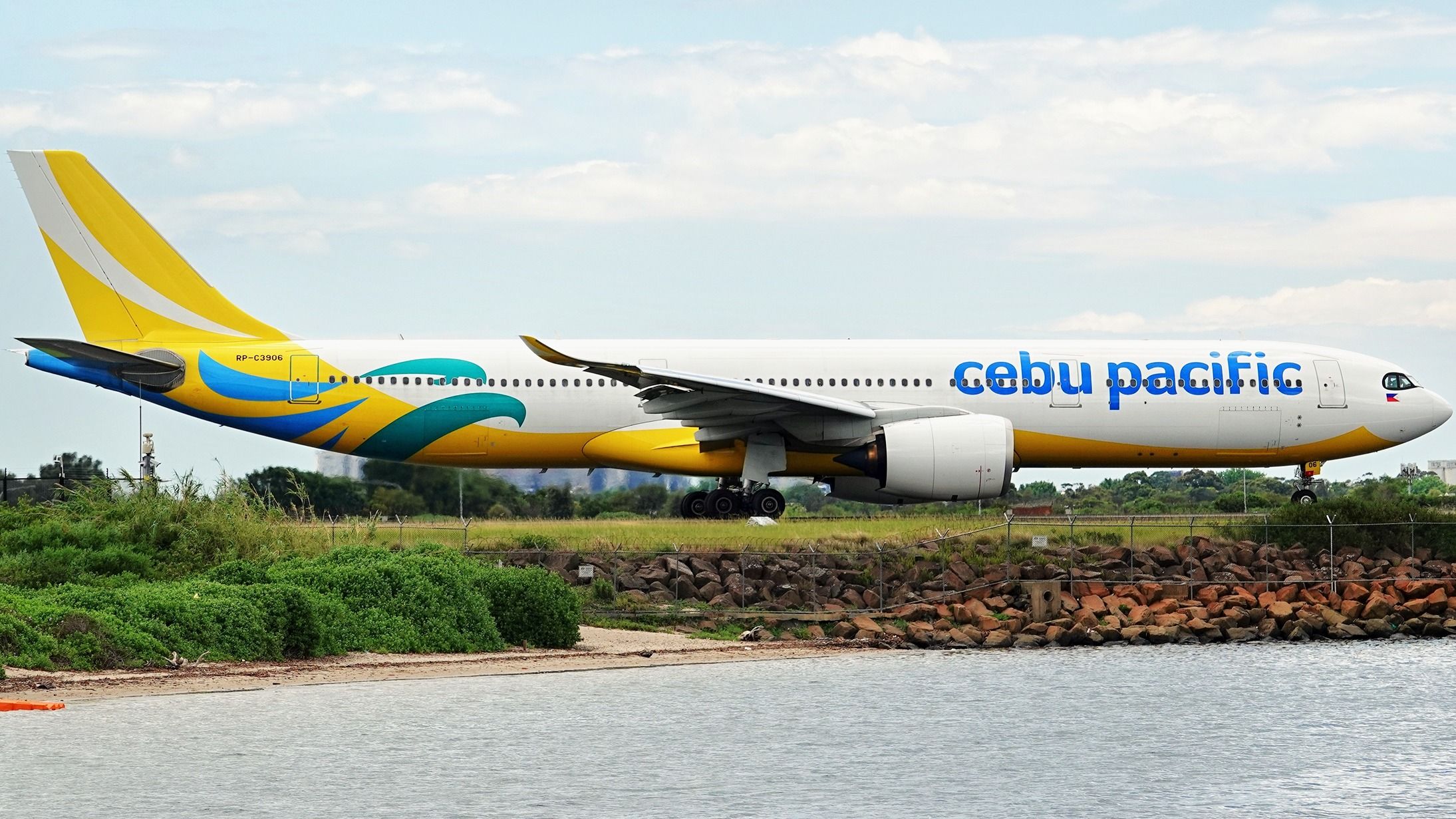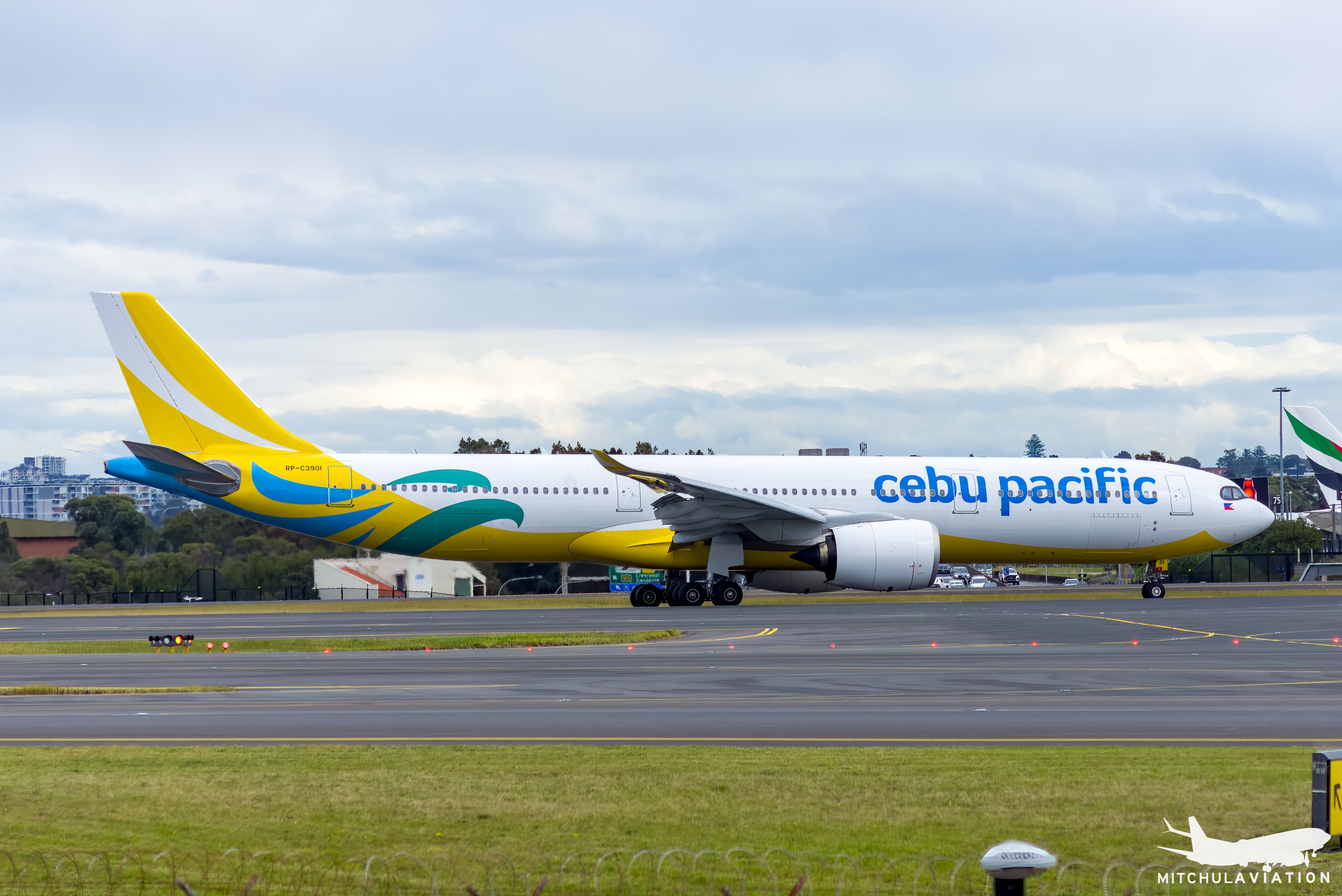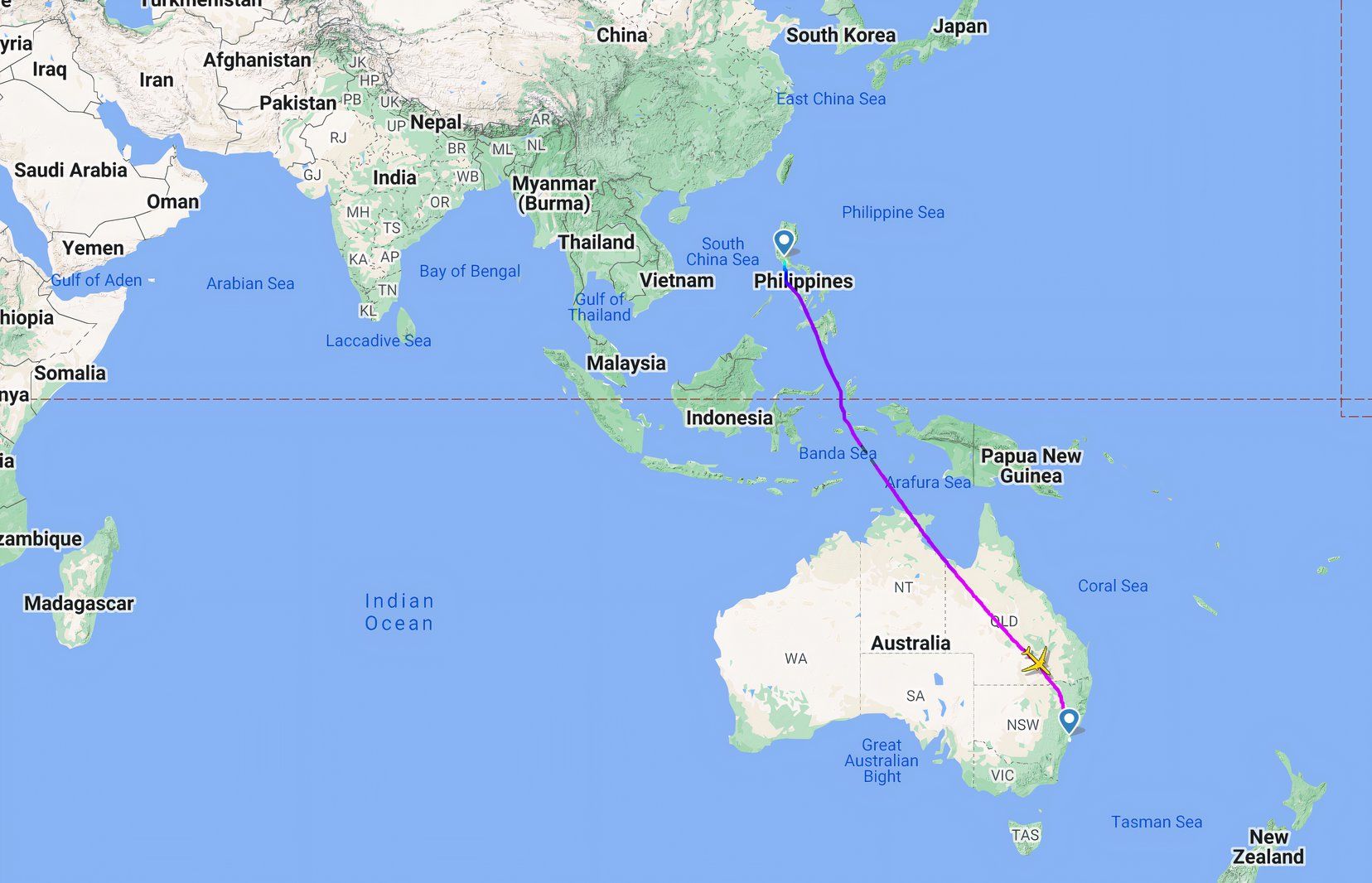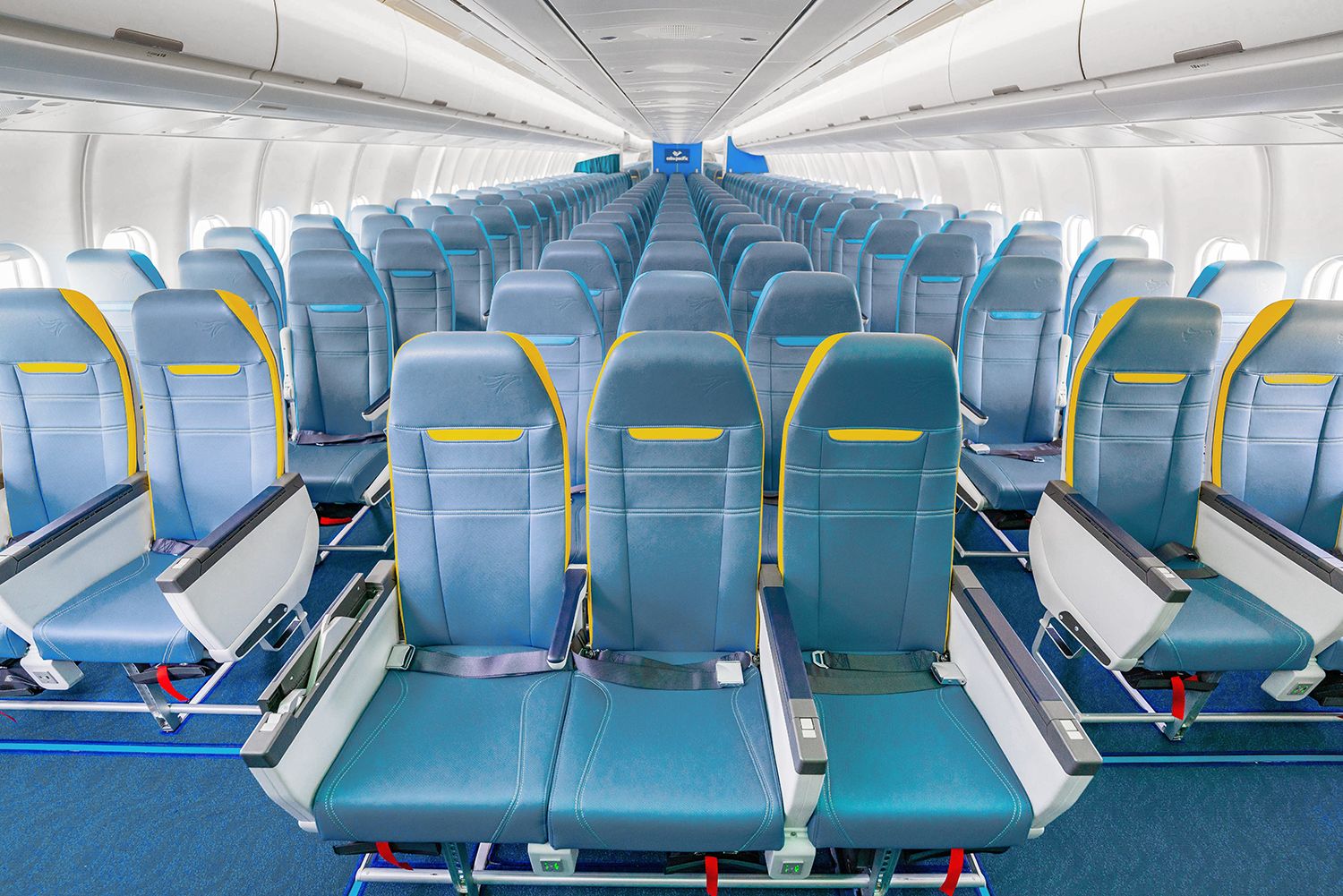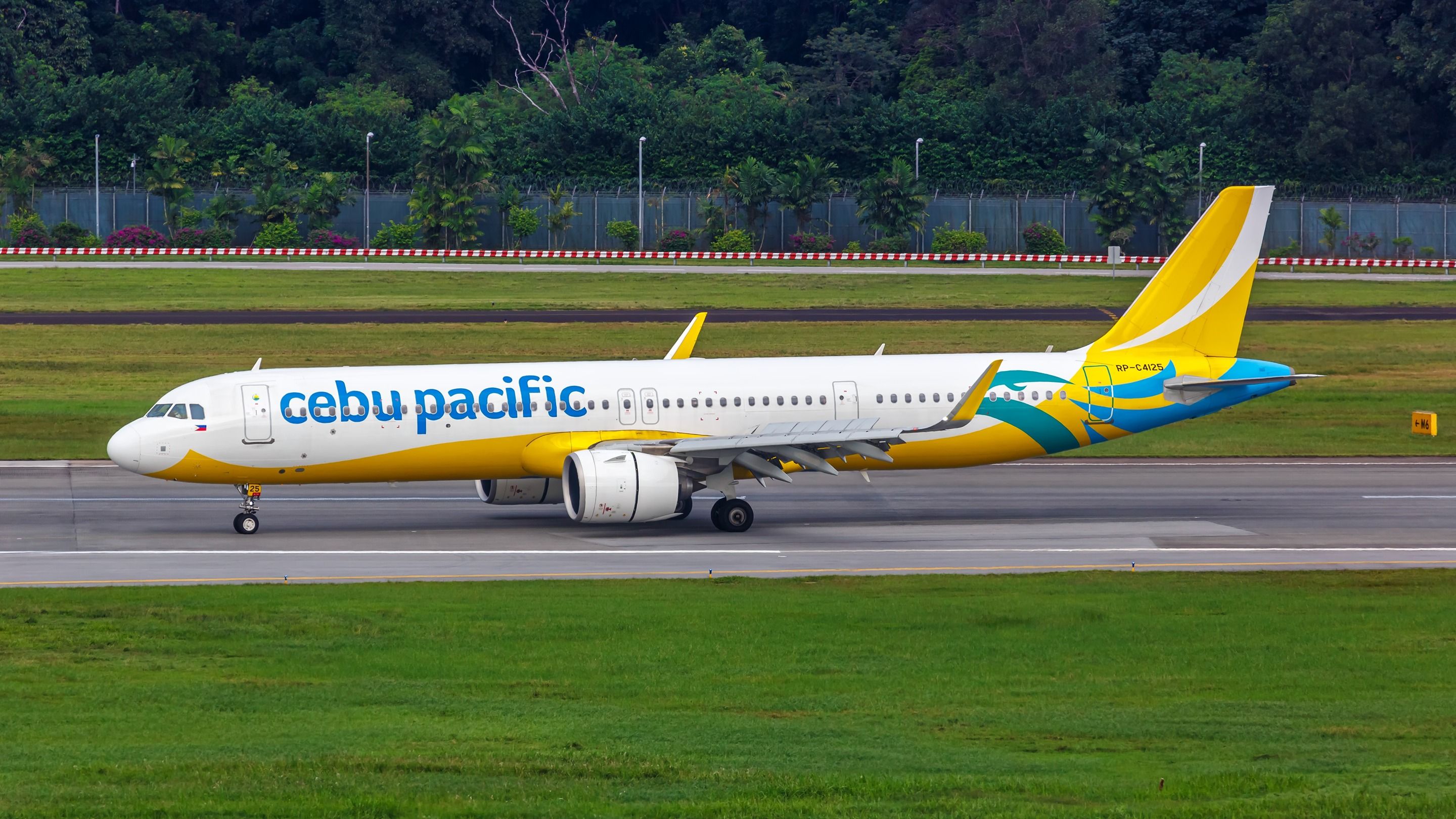Cebu Pacific, Asia’s first low-cost carrier and the Philippines’ leading airline, operated its first commercial flight from Manila, the Philippines’ capital, to Cebu, its hometown, in March 1996. In 2001, the airline launched its first international service to Hong Kong and, on September 9, 2014, operated its first service between Manila and Australia’s main international gateway, Sydney.
Ten years in Sydney
Monday, September 9, marks ten years since Cebu Pacific Air (Cebu) started providing nonstop services to Sydney. Currently, the low-cost carrier operates five weekly flights between Manila and Sydney and three weekly flights to Melbourne Airport (MEL), with all services utilizing the Airbus A330-900 new-generation widebody.
On Friday, Sydney Airport announced that Cebu is increasing service frequency to a daily flight from December 1, 2024. The route is one of Cebu’s most popular international services, and the two additional widebody flights, each carrying up to 459 passengers, will greatly increase seat capacity on the nonstop flight.
When the daily service commences in December, Sydney Airport will have the greatest capacity to the Philippines of any Australian airport with 3,213 weekly seats. Sydney Airport CEO Scott Charlton said the airport is proud to be the only airport in Australia offering a daily service to Manila, providing passengers with unprecedented choice and convenience when traveling to Sydney.
“This new route not only strengthens our ties with the Philippines but also offers passengers seamless access to Manila, opening a world of opportunities for business and leisure alike. We are thrilled to support Cebu Pacific in delivering this valuable service and look forward to the positive impact it will have on both our communities.”
On Friday, Cebu Pacific flight 5J39 departed Manila Ninoy Aquino International Airport (MNL) at 23:44 and, after a 7:41-hour flight, landed in Sydney at 09:25 on Saturday. The flight was operated with a brand-new Airbus A330neo, registration RP-C3907 and MSN 2054, which departed Sydney Kingsford Smith Airport (SYD) at 11:34 and arrived in Manilla at 17:21.
An examination of fleet data from ch-aviation shows that RP-C3907 operated its first flight on November 29, 2023, and was delivered to Cebu on December 14, 2023. The full aircraft designation is an Airbus A330-941N, which is configured in an all-economy layout of 459 seats seat at a pitch of 28 inches.
Photo: Cebu Pacific
Two Rolls-Royce Trent 7000 engines power the widebody, and as of June 30, 2024, it had accumulated 1,948 flight hours and 674 flight cycles. The A330 recorded an average daily utilization rate of 9:04 hours, and ch-aviation estimates its current market value at $96.63 million.
A young and greener fleet
The data indicates Cebu has an all-Airbus fleet of 70 jet aircraft, including 20 A320-200s, 19 A320neos, seven A321-200s, 15 A321neos and nine A330neos. It also has 15 ATR 72 turboprops operated by Cebgo, the regional and domestic airline of Cebu Pacific.
Photo: Markus Mainka | Shutterstock
Cebu Pacific has a young fleet with an average age of just five years, and by using so many latest-generation Airbus NEO aircraft, it is reducing fuel usage, emissions, and noise output compared to older aircraft. The carrier has the most comprehensive domestic network in the Philippines with 35 destinations and also operates to 26 international destinations across Asia, Australia and the Middle East.
Cebu Pacific President and Chief Commercial Officer Xander Lao said the additional capacity is a testament to the airline’s commitment to enhancing global connectivity and providing greater convenience for passengers from Australia, adding:
“With our widest domestic network and value-for-money fares, we hope more visitors from Sydney will be able to explore the pristine beaches, delectable cuisines, and colorful festivals of the Philippines.”
To celebrate the increased capacity, Cebu is launching a special seat sale from September 6 -10, 2024. The sale allows passengers from Sydney to book their flights to Manila for as low as AU$209 ($140) for a one-way all-in fare.

